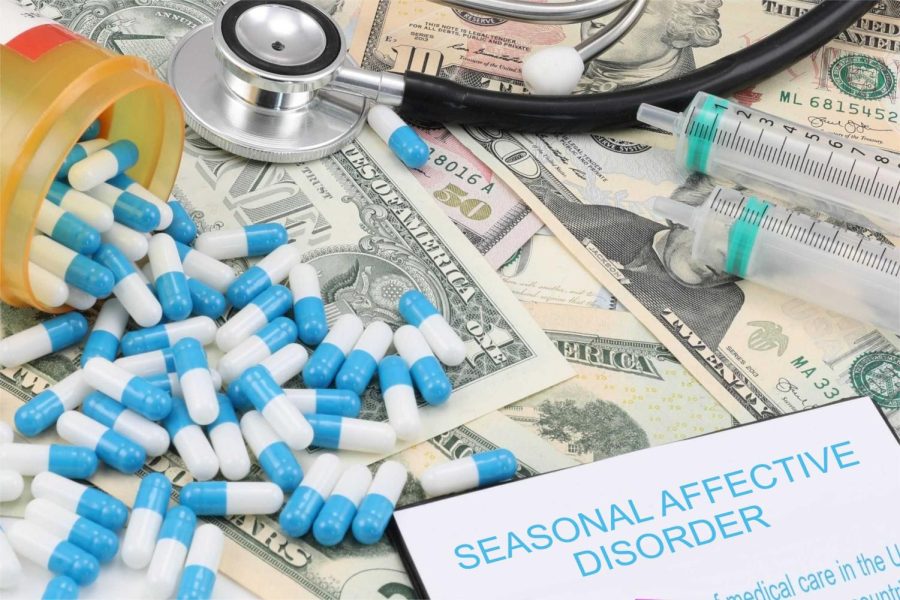Navigating seasonal depression as a student
Image used with permission from Google Commons
Seasonal Affective Disorder affects an estimated 10 million Americans every year.
As temperatures begin to drop and days start getting shorter, about 1 in 20 people in the northern United States are beginning to experience shifts in mood and motivation that will significantly affect their lives in the cold months to come. Seasonal Affective Disorder (SAD), also known as seasonal depression, is a type of major depressive disorder with a seasonal pattern, and while only 5% of people in the U.S. suffer from the disorder, another 10-20% may experience it in a milder form.
SAD is caused by a biochemical imbalance of serotonin and melatonin in the brain when vitamin D intake is disrupted by shorter daylight hours and less sunlight in the fall and winter. These chemicals regulate a person’s sleep, wake cycles, energy and mood. Symptoms of the disorder include anxiety, fatigue, changes in appetite and sleep pattern, and inability to concentrate, and they most commonly affect women and people living farther north. For example, SAD is seven times more common in Washington state than it is in Florida, and like much of the northeast, winters in D.C. and Montgomery County can be stark and often bear little light.
While the disorder is typically diagnosed in early adulthood, researchers for one NIH study surveyed almost 2,000 middle and high school students in a suburb of Washington, D.C., and found pilot data suggesting that anywhere between 1.7% and 5.5% of nine- to 19-year-olds may suffer from SAD. SAD, like other mood disorders, may go undiagnosed in kids and teens because its symptoms are internalizing and are less likely to draw attention from parents and teachers than externalizing symptoms of other disorders.
For students suffering from SAD, especially those unable to get a diagnosis, school in the fall and winter can become unmanageable. Seasonal depression significantly impacts motivation and cognitive function, and John T. Walkup, MD., adolescent psychiatry director at New York-Presbytarian Hospital, says that if the disorder remains untreated for multiple years, it can be a serious detriment to students’ academic success. “If this cycle continues for three to four years without treatment, with every episode, the patient falls three to six months behind in academic and social development. These decrements in function really add up by the end of high school,” Walkup said.
At a school as rigorous as this one, the decline in motivation and focus that students with SAD experience can be especially detrimental. In describing her struggles with seasonal depression as a student, sophomore Naomi Negussi said she has “zero interest or motivation to complete any assignments” during the fall and winter, and she’s been met with “unsupportive and unsympathetic“ responses from teachers. “As seasonal depression is creeping in, it’s getting more difficult to navigate through the school day with a list of personal, social and academic issues [to deal with],” Negussi said.
For seniors struggling with symptoms of SAD, college application deadlines in the winter present a slew of additional challenges. “After college applications, I will be mentally clocking out because school is too much,” senior Ryeed Zaman said.
Your donation will support the student journalists of Thomas S. Wootton High School. Your contribution will allow us to purchase equipment and cover our annual website hosting costs.
Senior Isaac Muffett is the opinions editor in his fourth year on the Common Sense staff. When he's not writing or researching, he spends his free time...







